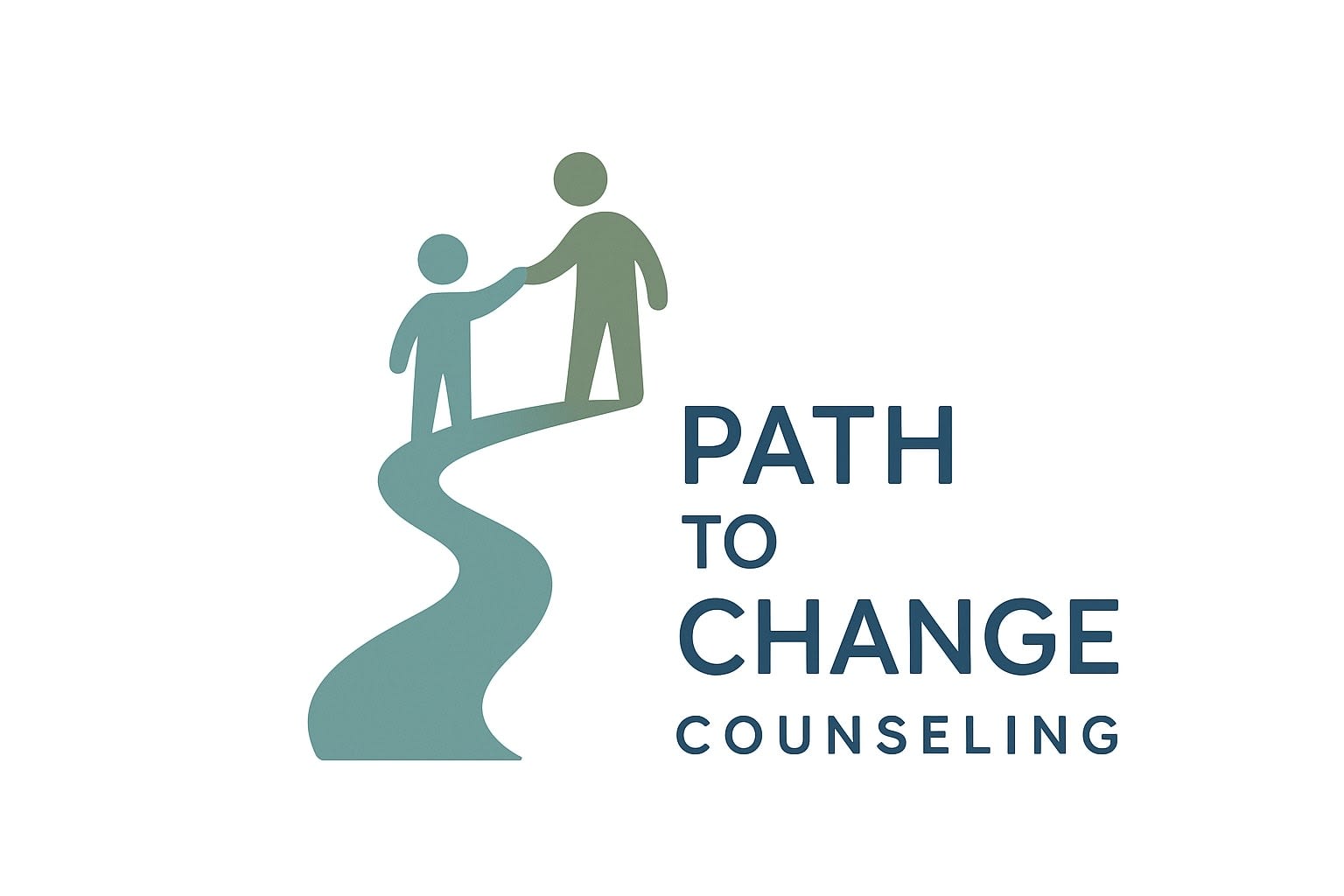The Hidden Costs of Too Much Screen Time: What Parents Should Know

In today’s digital world, screens are everywhere—phones, tablets, computers, and TVs have become part of everyday life for most children and teens. While technology can educate and connect, growing research shows that too much screen time can impact children’s mental, emotional, and physical health in lasting ways.
According to the Centers for Disease Control and Prevention (2025), teens who spend more than four hours a day on recreational screens report higher rates of anxiety, depression, poor sleep, and less physical activity. Many also describe feeling less supported socially and more self-conscious about their appearance—suggesting that excessive screen time may reduce opportunities for face-to-face connection, self-esteem, and emotional regulation.
The American Academy of Child and Adolescent Psychiatry (AACAP) found that the average U.S. child between ages 8–18 spends over seven hours a day using screens. While media can be educational, too much exposure—or the wrong kind of content—has been linked to lower academic performance, sleep disruption, weight gain, and mood problems. The AACAP encourages parents to limit non-educational screen time, especially before bed, and to engage with what their children are watching rather than leaving them to navigate it alone.
The American College of Pediatricians (ACPeds) and a 2023 National Library of Medicine review both emphasize that excessive screen use can interfere with cognitive development, attention, and language growth—particularly for young children who miss out on vital back-and-forth interaction with caregivers. In adolescents, these patterns can also contribute to social withdrawal, poor emotional regulation, and heightened stress.
A UCSF longitudinal study (2024) followed 9- and 10-year-olds and found that greater screen time predicted higher levels of anxiety, depression, and inattention in the following years. The Johns Hopkins Medicine review adds that this kind of overuse is also linked to physical strain like “tech neck,” eye fatigue, and disrupted sleep from blue light exposure.
Being An Effective Gatekeeper
For parents, the goal isn’t to eliminate screens—it’s to help children build balance and awareness around them. Experts recommend keeping recreational screen use to about two hours a day, creating screen-free spaces such as during meals or before bedtime, and modeling healthy tech habits. Watching content together, discussing what they see, and encouraging offline activities like play, reading, and outdoor time can make a significant difference.
Tips for Parents
1. Assess the Gates
• Know what devices are in your home
Make a list: phones, tablets, laptops, gaming consoles, smart TVs, even smartwatches. Each can access the internet or social media.
Example: You might think your child only uses their Nintendo Switch for games, but it also has a web browser and chat features through apps like Discord.
• Know what apps are being used
Regularly check the home screen and app store history. Don’t just look for familiar icons — kids can hide apps in folders or rename them.
Example: An app that looks like a calculator (“Calculator+”) may actually hide secret photos, messages, or browsing history. Others like “Vault” or “Hide It Pro” disguise themselves to store private content.
• Do your research
Before approving an app, Google the name plus “parent concerns” or “safety risks.” Read reviews and privacy policies.
Example: Some “harmless” games or social apps (e.g., Omegle, Kik, Whisper, Yubo) allow chatting with strangers or exposure to adult content.
Tip: Even apps that seem safe — like TikTok or Snapchat — use algorithms that can expose kids to mature or harmful material in minutes.
2. Strengthen the Gates
• Delay the device
You decide when your child is ready. Remind them the phone is yours — they’re borrowing it under your rules.
Example: “You can use my phone for 30 minutes after homework to call your friends. This isn’t your personal device, so I’ll decide when and how it’s used.”
Why it matters: Early access to devices increases risk for anxiety, social comparison, and exposure to inappropriate material.
• Control access and passwords
Set up all devices with parental accounts. You approve every app and set screen time limits.
Example: On iPhones, use “Family Sharing” and “Screen Time” to require approval before any downloads.
Why it matters: Kids are less likely to get pulled into unsafe online spaces when there are layers of accountability.
• Use parental controls and filters
Block adult websites and restrict chat features. Most internet providers, phones, and streaming platforms offer built-in settings.
Example: Google Family Link, Apple Screen Time, and Bark all allow content filtering and monitoring.
Why it matters: These tools aren’t about “spying” — they’re about keeping your child safe while they learn to navigate technology responsibly.
• Have ongoing conversations — not one-time lectures
Make digital safety part of everyday life. Ask questions and show curiosity instead of only enforcing rules.
Example: “What’s the funniest video you saw today?” or “Did anything online make you uncomfortable this week?”
Why it matters: Open dialogue helps kids feel safe coming to you before something goes wrong.
• Set boundaries and tech-free zones
Decide where and when devices can be used. Be consistent and stick to it.
Example: “No phones at the dinner table,” “Devices charge in the kitchen at night,” or “Social media only after homework.”
Why it matters: Boundaries teach self-control and protect sleep, attention, and family connection.
• Model healthy tech habits yourself
Kids learn from what they see, not what they’re told.
Example: Put your own phone away during family time. Set app timers for yourself. Explain when you’re using technology purposefully (e.g., checking work email, not scrolling aimlessly).
Why it matters: When children see adults disconnect, it normalizes balance and self-regulation.
Contact Us
Send a Message
At Path to Change Counseling, we understand that taking the first step toward therapy can feel overwhelming, but we’re here to make it as easy as possible. Whether you’re seeking individual therapy, family counseling, or psychological assessments, our team is ready to provide you with the support and guidance you need.
